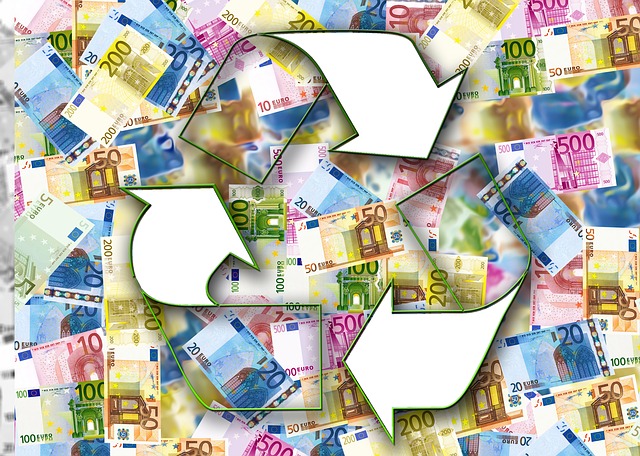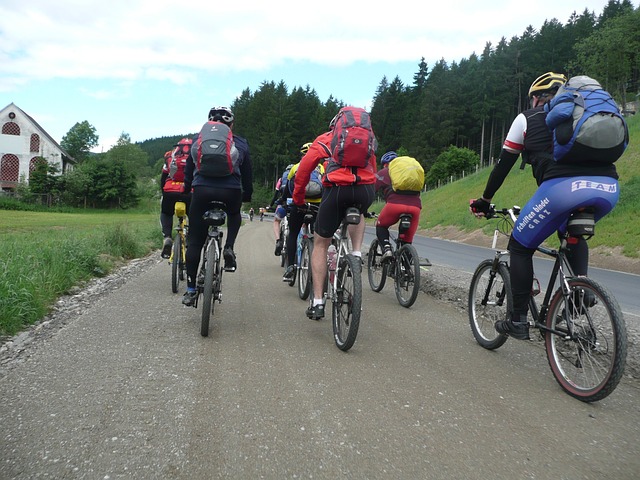Economic growth and low-interest rates significantly boost the real estate market, driving up property prices and fueling development. Urbanization, with its growing city populations seeking diverse housing, further intensifies demand, making cities attractive hubs for investment and residency, and straining existing property stocks.
In an era of economic boom, the real estate market finds itself in a state of constant flux. This article delves into the multifaceted factors driving unprecedented property demand. We explore how robust economic growth and historic low interest rates ignite a housing frenzy, particularly in urban centers experiencing rapid globalization. Understanding these trends is crucial for investors and policymakers navigating the dynamic landscape of modern real estate.
Economic Growth and Its Impact on Real Estate Demand

Economic growth is a powerful driver of real estate demand. During periods of prosperity, as GDP rises and unemployment rates fall, consumers tend to have more disposable income, leading to increased interest in purchasing property. This surge in buyer activity can push up property prices and create a competitive market for both residential and commercial real estate.
Strong economic conditions also encourage investment in real estate, with businesses and individuals looking to capitalize on expanding markets. Commercial properties, such as offices and retail spaces, benefit from higher occupancy rates and rental income during boom times, making them attractive investments. This influx of capital into the real estate sector further fuels demand and can result in rapid development and urbanization.
The Role of Low Interest Rates in Inflating Property Prices

Low interest rates play a significant role in inflating property demand and, consequently, prices in the real estate market. When borrowing costs are low, individuals and families can afford larger mortgages, leading to increased activity in the housing sector. This surge in demand puts upward pressure on property values as sellers capitalize on the favorable conditions to secure better deals.
Moreover, the affordability of loans encourages speculative investment in real estate. Investors, seeking higher returns, pour funds into the market, driving up prices even further. Low interest rates thus create a perfect storm for property inflation, with both genuine buyers and speculators contributing to the upward trend in real estate values.
Urbanization and the Surge in Residential Requirements

Urbanization, the constant shift of populations from rural areas to cities, has significantly boosted demand in the real estate market. As more people seek urban lifestyles, the need for residential properties soars. This trend is particularly pronounced in booming economies where rapid urbanization occurs due to job opportunities and improved infrastructure. The surge in demand places a strain on existing housing stock, driving up prices and creating a competitive market.
Cities, with their vibrant tapestry of cultures and economic activities, become magnets for individuals and families seeking better living conditions. This increased population density directly translates into a higher requirement for various types of real estate, from apartments and condos to single-family homes. To meet this demand, developers are often left with no choice but to accelerate construction projects, further inflating property prices in these urban centers.






